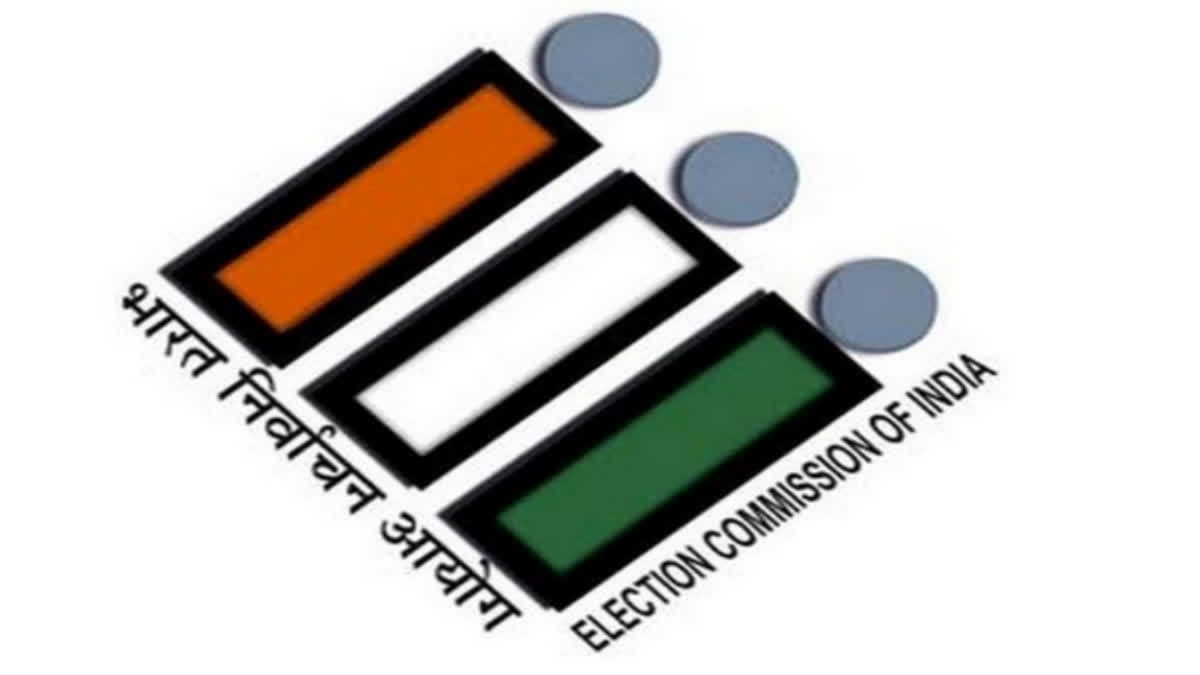New Delhi: Fifty-three political parties contested the first Lok Sabha polls in 1951. The number of political parties today stands at over 2,500. However, the national party count has gone down to six from 14 in over seven decades.
Contesting the general elections in May to elect the 18th Lok Sabha will be six national parties. The journey of political parties all these years has been an interesting ride from mergers to emergence of new players while some of them have ceased to exist.
A total of 53 political parties contested the first election, of which 14 were considered "national parties" while the rest were considered "state" parties. According to the book "Leap of Faith", published by the Election Commission of India to document journey of elections in India, prior to the 1953 polls as many as 29 political parties had demanded the status of a national party.
"A decision was made to grant the status to only 14 of them. However, the election results proved sobering for most of them and only four of them were permitted to retain the national status," the book reads. The four national parties by 1953 were the Congress, the Praja Socialist Party (formed following the merger of the Socialist Party and the Kisan Mazdoor Party), the CPI, and the Jana Sangh.
The parties which lost their national tag were Akhil Bharatiya Hindu Mahasabha (HMS), All India Bharatiya Jan Sangh (BJS), Revolutionary Socialist Party (RSP), All India Scheduled Castes' Federation (SCF), All India Forward Bloc (Marxist group) (FBL-MG) and the All India Forward Bloc (Ruikar group) (FBL-RG), Krishikar Lok Party (KLP), Bolshevik Party of India (BPI), and Revolutionary Communist Party of India (RCPI).
The Socialist Party and Kisan Mazdoor Party had contested the first elections separately and they later merged to form the Praja Socialist Party. The number of political parties reduced to 15 in the second elections in 1957 when the four national parties remained in the fray. However, the next elections in 1962 saw 27 parties contesting and the number of national parties rose to six with the Socialist (SOC) and Swatantra (SWA) parties contesting the polls.
The Congress's dominion persisted for a long time after the first general election, winning 11 of the 14 elections until 2014, when the tide turned in favour of the BJP. The CPI formed the principal opposition in the next two Lok Sabha elections after the 1951 polls. However, in 1964, the Soviet and Chinese communist factions within the party split, giving rise to the CPI (Marxist). Thereafter, the new CPI(M) continued to secure more votes than the CPI in the country's general elections.
"The Socialist Party had its roots in the Congress Socialist Party, a left-wing faction within the Indian National Congress formed by Jayaprakash Narayan, Ram Manohar Lohiya and Acharya Narendra Dev which separated from the former shortly after independence," Pradeep Gupta, chairman of Axis India, told PTI.
"Despite Narayan's popularity on account of his role in India's freedom struggle, the Socialist Party's election haul was unimpressive and thus, after the election, it merged with JB Kripalani's Kisan Mazdoor Praja Party (KMPP) to form the Praja Socialist Party (PSP)," he added.
Gupta explained that at the time, Narayan, too, stepped back from the PSP and only re-entered national politics once again in the mid-70s when he led the movement against Indira Gandhi, whose government he alleged was corrupt and undemocratic. Narayan subsequently led the calls for Gandhi's disqualification prior to her declaration of the Emergency in 1975, for which he was arrested.
